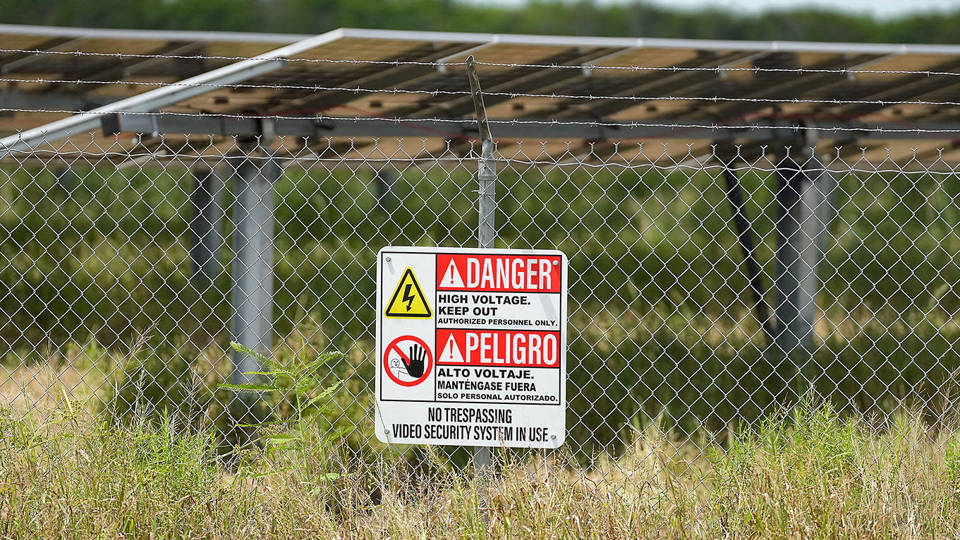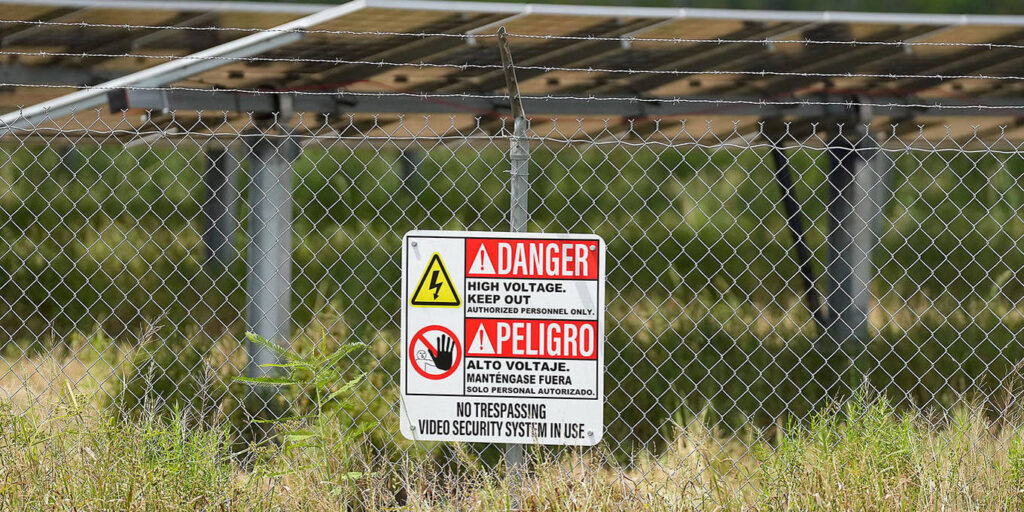
On climate and especially environmental policy, the return of Donald Trump to the White House is clearly bad news. But the outlook is uncertain, because Trump has sent mixed signals about the kinds of policy changes he might pursue, and it remains to be seen what effect he can have on broader technological and market trends.
NEW YORK – Elections are supposed to clarify policy uncertainties, and on the economic front, Donald Trump’s victory over Kamala Harris has done just that. All three major US stock indices and US Treasury yields jumped the morning after Election Day, reflecting expectations of both strong economic growth and soaring debt and inflation.
On climate and (especially) environmental policy, another Trump presidency is clearly bad news, and it is exacerbated by extreme policy uncertainty and decidedly mixed signals, especially in cases where Trump may try to stand in the way of larger technological and market trends.
Consider electric vehicles (EVs). Casting himself as a champion of the internal combustion engine, Trump says he will eliminate tailpipe-emissions rules on “day one.” Doing so will be well within his power, and it may provide some life support for a waning industry. At the same time, Tesla’s stock jumped 15% on the election news, with investors clearly betting the company will benefit from its CEO, Elon Musk, having spent more than $100 million of his own money to help elect Trump.
All this is happening at a time when EVs are demonstrating their fundamental superiority to the technology that has preceded them. EVs convert 90% of their power into distance traveled, compared to only 20% for gasoline-powered vehicles. While the full efficiency gain depends on how much of the electricity is derived from renewables, even coal-fired power plants are more efficient than an internal combustion engine. In West Virginia, where around 90% of power comes from coal, an EV cuts carbon pollution by around 30%. The US average efficiency gain is already around 50%, and rising.
Thus, basis physics dictates that any attempt by Trump to stand in the way of the EV transition is bound to fail. That said, he can still do a lot of damage along the way, especially when it comes to US competitiveness. US automakers already face stiff competition from China and elsewhere, and no US policy reversal on EVs or other clean technologies will curtail the rest of the world’s green industrial expansion.
Already, over half of newly registered cars in China are EVs or plug-in hybrids – more than twice the global average. The US is a laggard, and Trump’s victory all but ensures that it will remain one for some time to come. Imposing 10-20% tariffs on all imports, and a 60% tariff on Chinese goods, will not protect domestic manufacturers, as he claims. Trump already levied a 25% tariff during his first presidency, and it did nothing to help US automakers prepare for the electric future; neither did the Biden administration’s 100% tariffs on Chinese EVs.
Introductory Offer: Save 30% on PS Digital
Access every new PS commentary, our entire On Point suite of subscriber-exclusive content – including Longer Reads, Insider Interviews, Big Picture/Big Question, and Say More – and the full PS archive.
Trump’s efforts to halt the low-carbon transition may be even more futile when it comes to solar, wind, and other low-carbon technologies. Here, too, China dominates the global market, producing 97% of solar wafers, 85% of solar cells, and 80% of solar modules. That is why the Biden administration tried, with the Inflation Reduction Act (IRA), to onshore some of the renewables supply chain by subsidizing domestic manufacturing. This resulted in projects like Illuminate USA, a joint venture with Chinese solar manufacturer LONGi in Pataskala, Ohio. The plant is expected to assemble more than nine million solar panels per year, enough to power a million American homes.
The Trump administration may well want to continue the IRA’s production tax credit, which subsidizes around 25% of Illuminate’s costs. Either way, Trump’s approach will have implications mainly for the 1,000 Ohioans now employed by the plant. The effect on the global solar-panel market will be negligible; LONGi will simply find ways to manufacture the panels more cheaply elsewhere if it needs to.
Of course, Trump can and will stand in the way of deploying renewables domestically as well. He has said that he will halt offshore wind leases; shares of turbine producers Ørsted and Vestas lost almost as much on the election news as Tesla gained. The Trump administration will also make it more difficult to connect new renewables to the grid, and try to extend the life of aging fossil-fuel infrastructure, while handing money to vested interests. But such tactics would merely delay the inevitable.
During his first administration, Trump tried to revive the domestic coal sector. He failed. Coal had been on its way out long before he came to office, and the industry’s decline has only accelerated since then. The shift has been led by states like Texas, which recently surpassed California in total utility-scale solar power installed.
Yes, Trump can and will do plenty of damage, including to public health through the rollback of environmental rules and safeguards. During his previous term, he rolled back more than 125 such rules, most of which were re-established under Biden. This time, he will be more ruthless and effective in ensuring that his reversals stick. In 2019, an estimated 22,000 extra US deaths were attributable to higher levels of local air pollution; such figures will become our new normal.
But Biden repaired the damage that Trump caused on the climate front, and then went further. The outgoing administration’s climate policies were even more ambitious than what US Senator Bernie Sanders proposed in his 2016 presidential platform. Biden’s strategy, anchored by the IRA, jump-started the green-tech race in the United States. Trump can and will handicap domestic industries in jockeying for positions in that global competition, but he cannot halt it.

